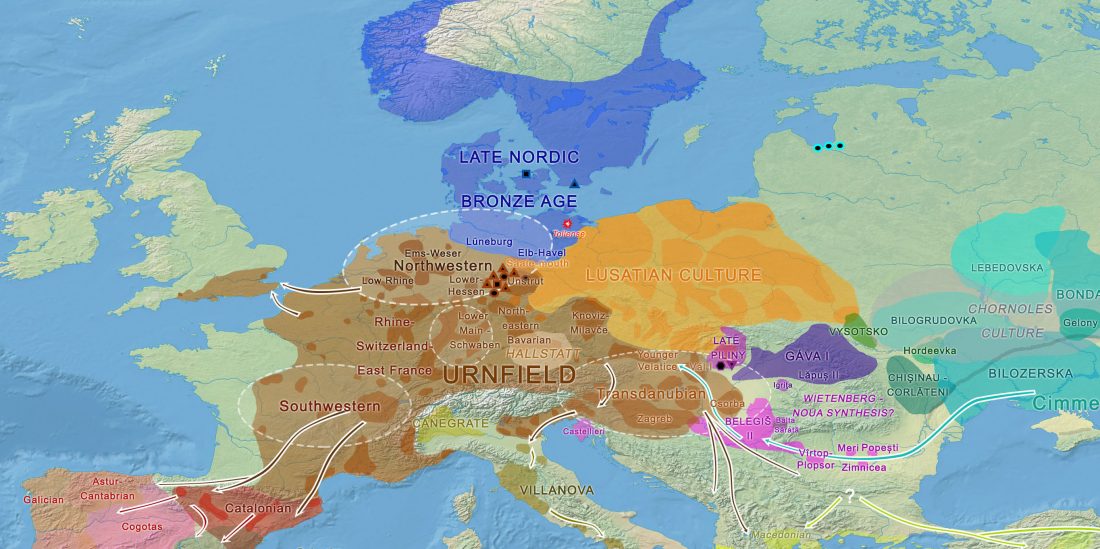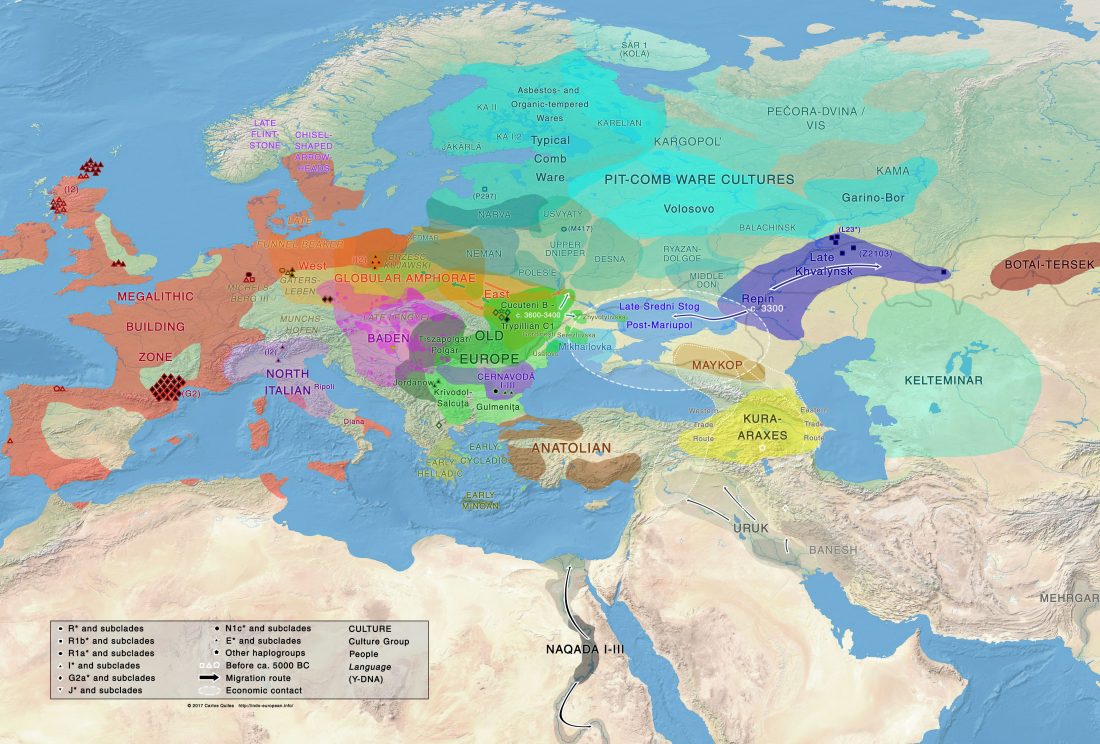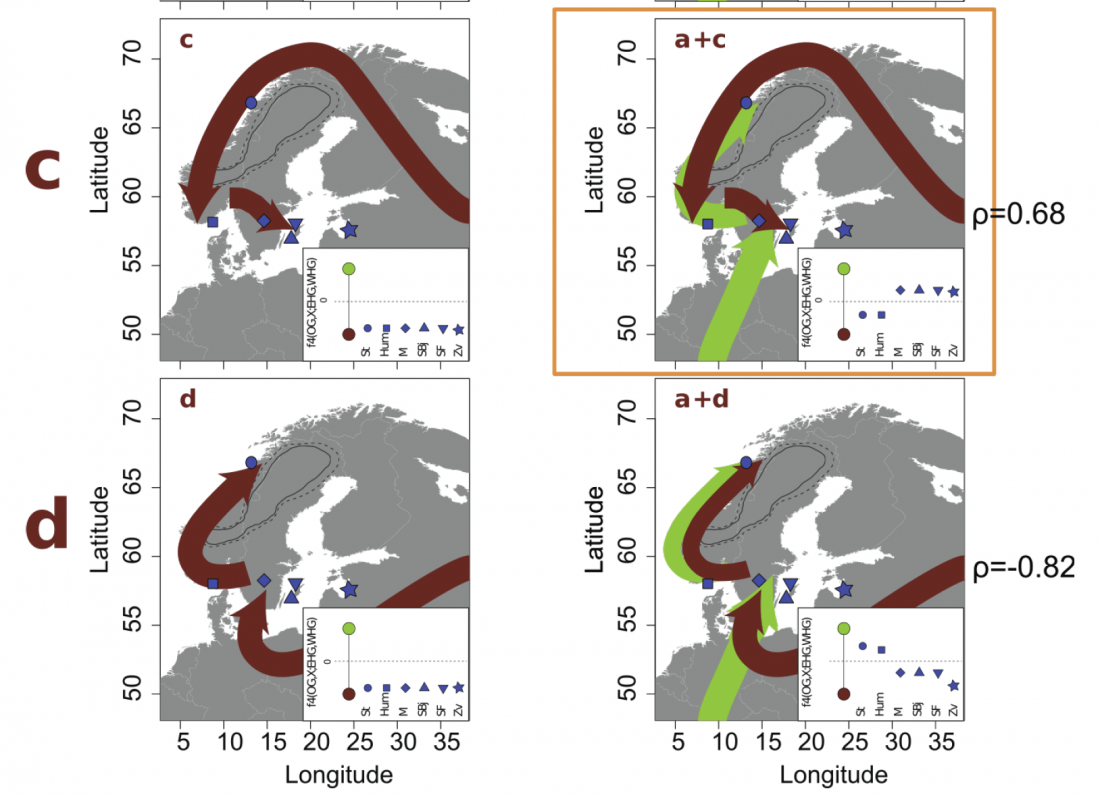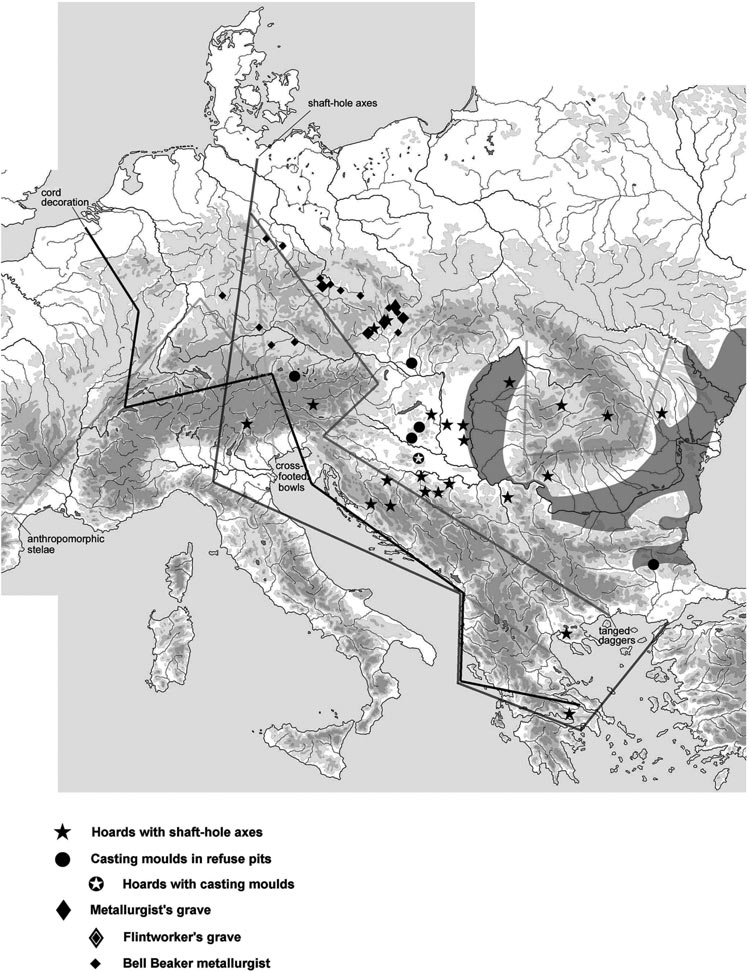A popular science article on Indo-European migrations has appeared at Science News, entitled How Asian nomadic herders built new Bronze Age cultures, signed by Bruce Bower. While the article is well-balanced and introduces new readers to the current status quo of the controversy on Indo-European migrations – including the opposing theories led by Kristiansen/Anthony vs. Heyd – , it reverberates yet again the conclusions of the 2015 Nature articles on the subject, especially with its featured image.
I have argued many times why the recent ‘Yamnaya -Corded Ware -Bell Beaker’ migration model is wrong, mainly within my … Read the rest “The renewed ‘Kurgan model’ of Kristian Kristiansen and the Danish school: “The Indo-European Corded Ware Theory””

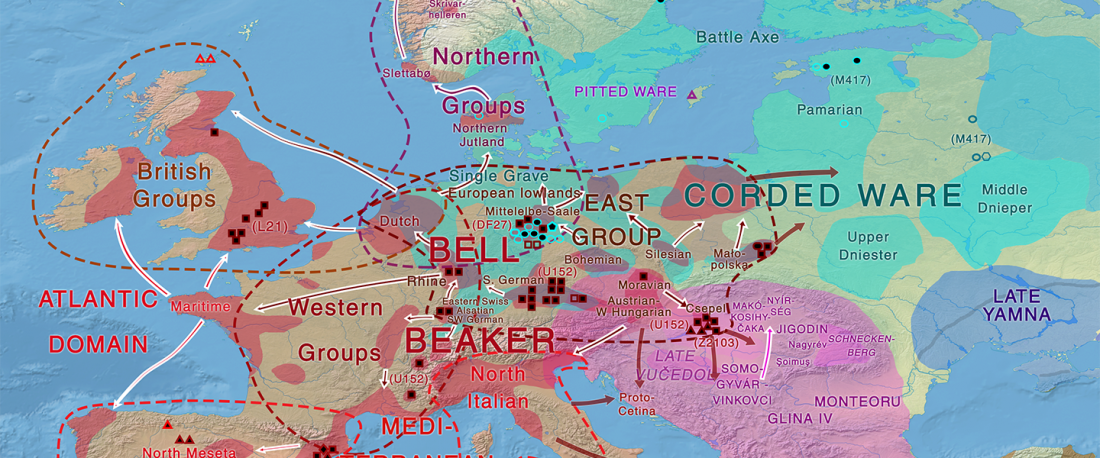
 The official
The official 
